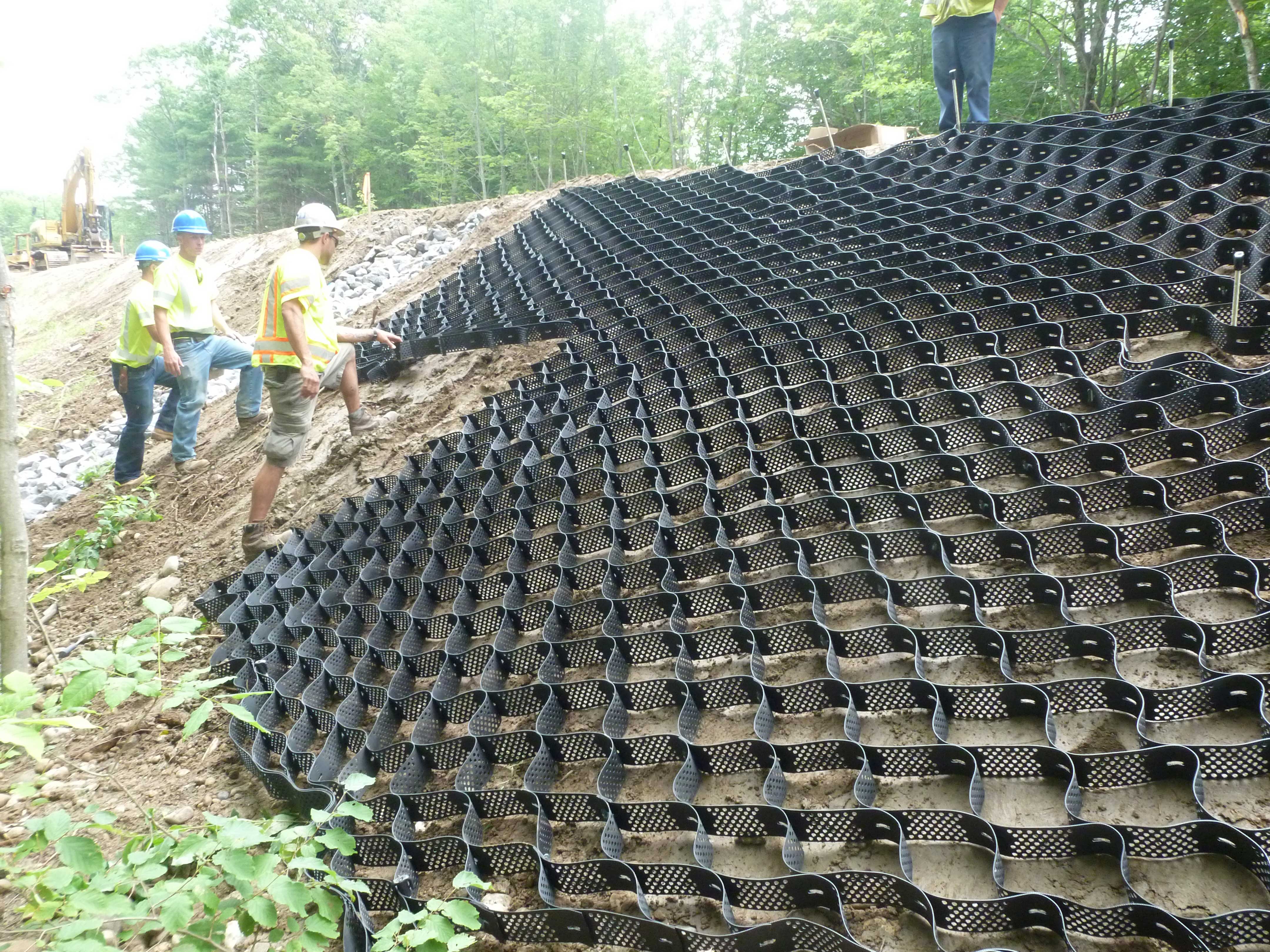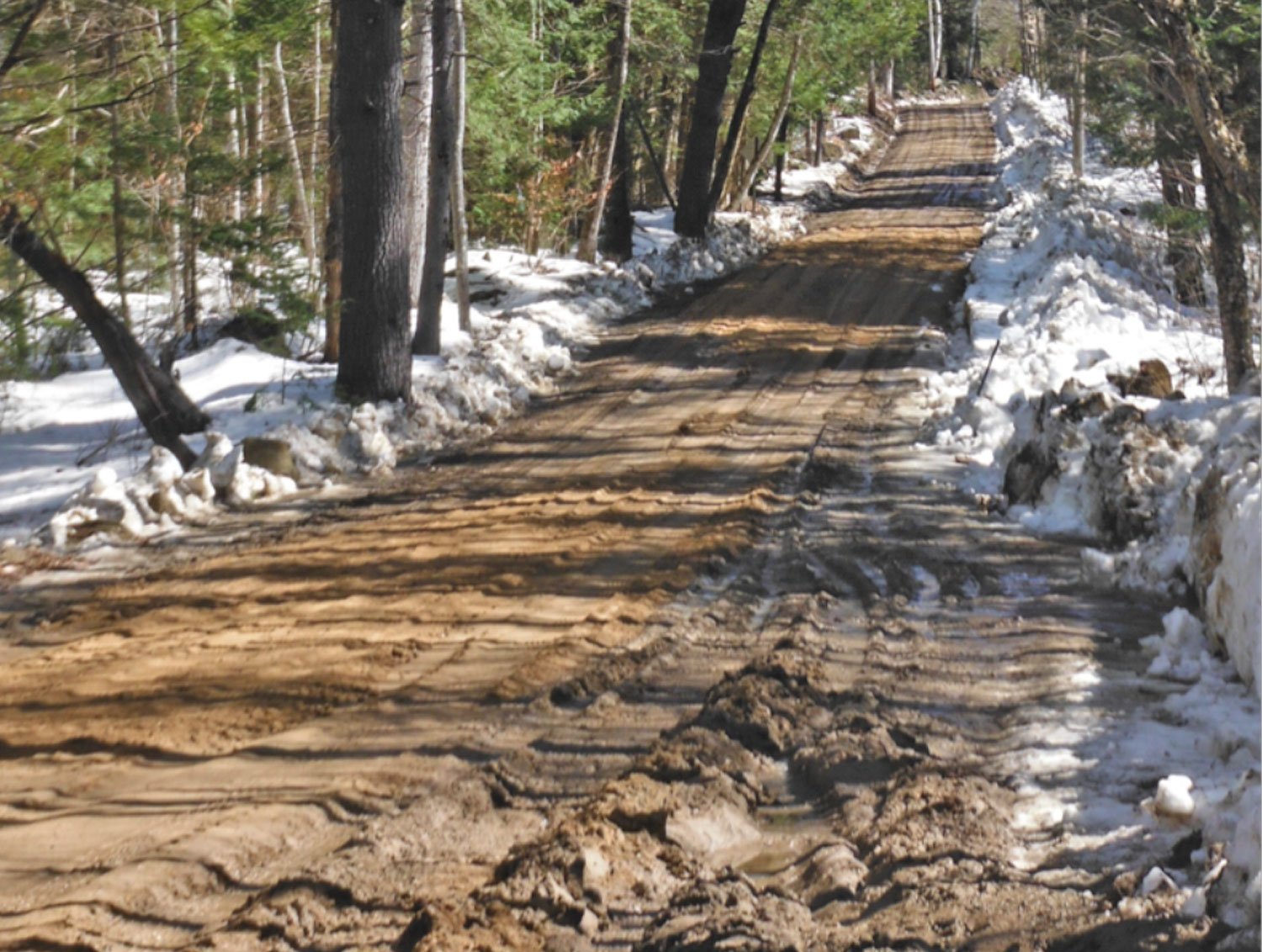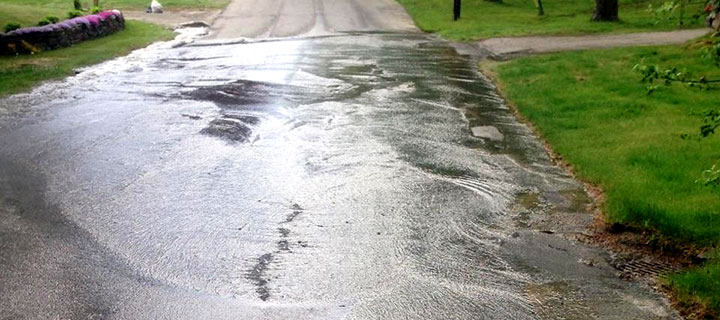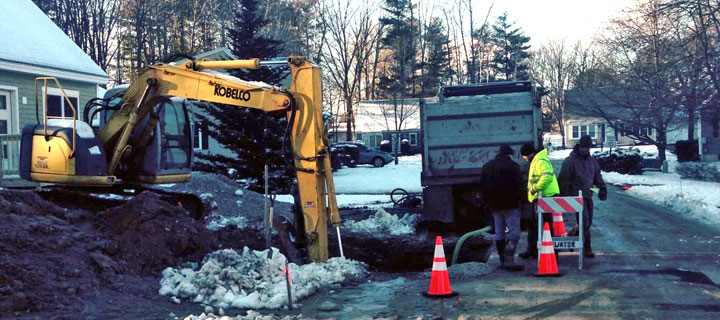The definition of erosion, according to National Geographic, is “the act in which earth is worn away, often by water, wind, or ice.” This description is apt, but only begins to describe the many things that can cause the ground, road, or other surfaces to begin to wear away. Learning more about the causes of erosion and how it affects us is important as it will help you better understand the methods available for dealing with erosion as well as choosing which of those methods is best for your particular situation.
At first glance, roads would look to be very durable and hard to damage, after all they are made of pavement which would seem to be one of the most solid substances anywhere. Nevertheless, in reality, the smallest things can cause the biggest damage to the roadways—especially over time. Erosion is the act of soil, rock or other material washing away from one part of the ground and moving elsewhere. This is normally a geology term describing the movement of dirt or earth being washed away. However, erosion affects roadways too.
Erosion is something that affects us all. Through simple runoff that may wash away dirt, to serious landslides that can harm property or even take lives, erosion comes in many forms. While some erosion is 100% natural, such as the water erosion that caused the Grand Canyon to form, other erosion is caused due to things we do in our day-to-day lives.
Rural areas face many challenges when compared to urban or even suburban locales. Keeping the roadways in good condition is one of the biggest challenges. This is especially true when erosion comes into play.
An estimated 700 water main breaks need repair each day in the U.S. primarily due to the country's aging water infrastructure. The EPA reports that 30 percent of pipes delivering water to 100,000+ people are between 40 and 80 years old, with another 10 percent of those pipes even older than those estimates.
As temperatures begin to drop and winter weather rears its ugly head for another year, one area of the waterworks industry becomes increasingly important with each passing day: water mains. It goes without saying that freezing temperatures increase the chances of a water service or main break with each degree. However, only by having an understanding of exactly what happens during freezing temperatures will you be able to take the appropriate steps to keep these water mains safe all throughout the season. A frozen water main is a potentially devastating problem that can affect thousands of people in one fell swoop.
For the eighth consecutive year, Team E. J. Prescott is proud to present its winter seminar series. These highly interactive workshops are designed to provide solutions to the problems associated with the maintenance and construction of our critical infrastructure.
All participants earn certificates for 5.0 Professional Development Hours.
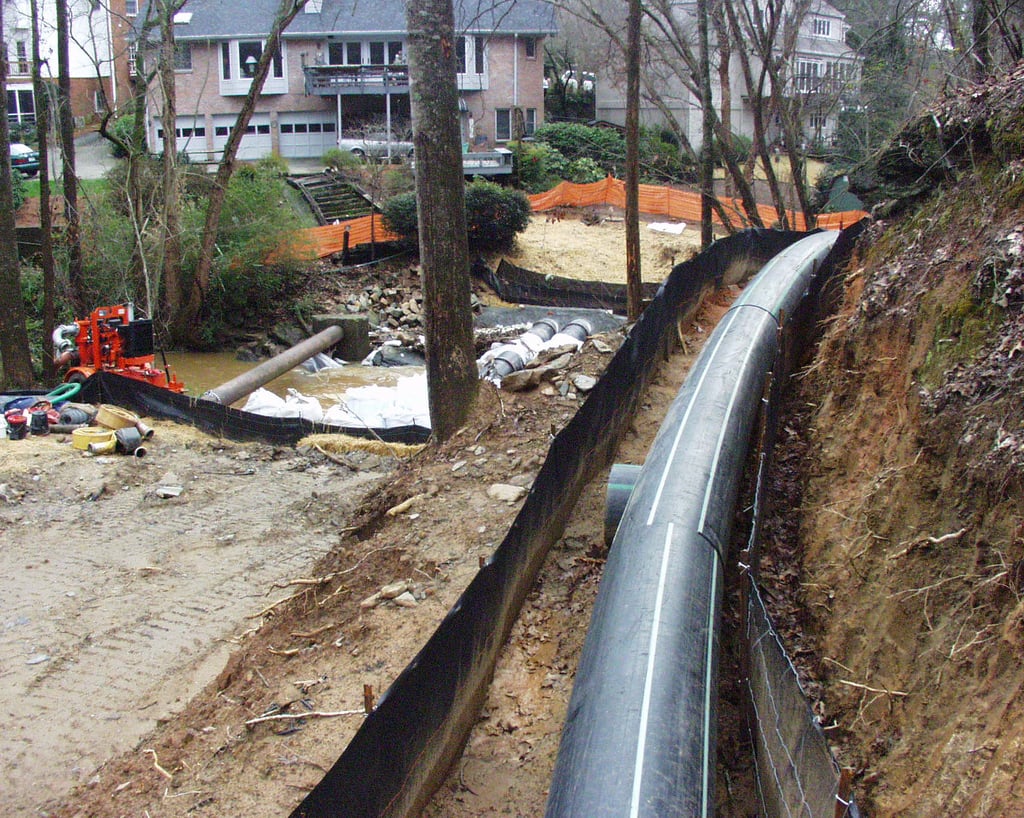
Most communities have enjoyed the convenience of sewer systems and sewer lines for decades. This benefit has been due to master planning by many municipalities decades before, installing a significant amount of pipes and conduits before neighborhoods were ever built. Unfortunately, water and time can be brutal forces on any material, including metal and cement sewer pipes. As a result, many of the sewer systems that were laid in years before are starting to fail. Some will go a leak at a time. Others fail catastrophically, with sudden floods and smelly messes all over the place or even leeching up through lawns and grass areas.
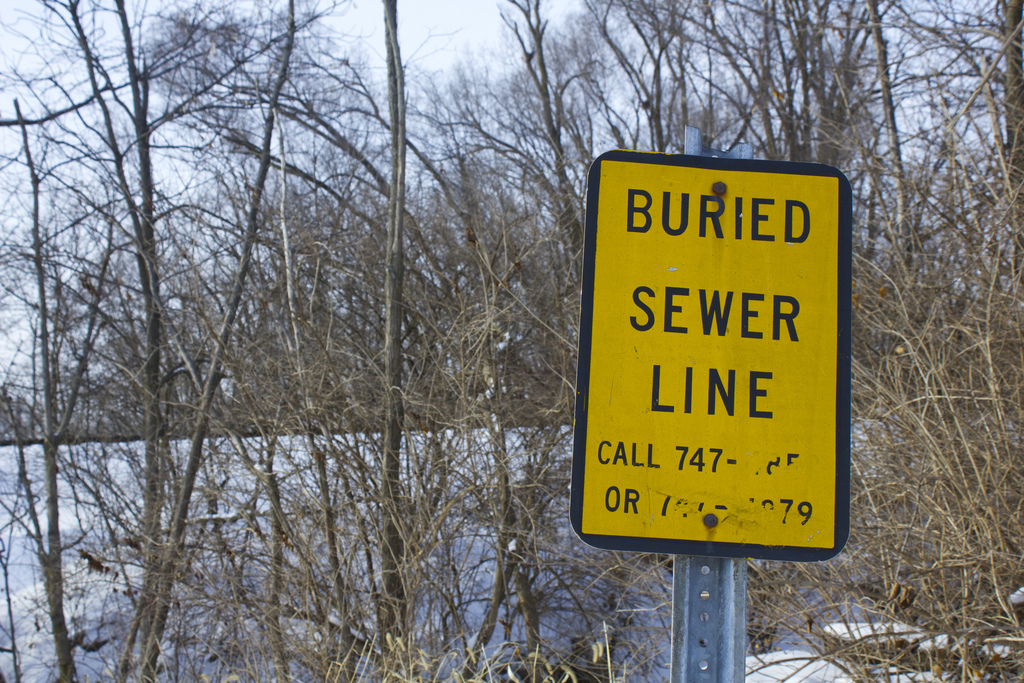
A sewer main is the connecting pipe from your home's sewer line to the city's main line. A damaged sewer main is a huge problem for a building or home owner which needs to be fixed as soon as possible or the house will be uninhabitable. Sewage repairs do crop up unexpectedly especially in older areas of a city which have older pipes. Older pipes crack, rupture and break under pressure and damage from weather, tree roots or construction nearby. It is a good idea to budget for potential repairs because they may be quite expensive. As a guideline the average cost of a sewer repair in the U.S. is $2,885. When calculating the cost of a sewer repair, the following considerations need to be included.
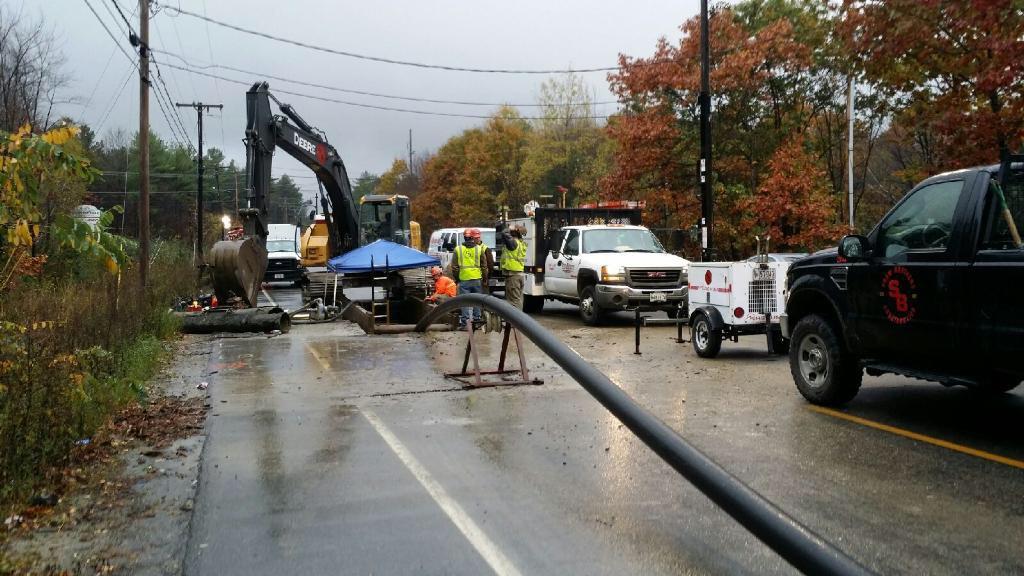
When you need your sewer repaired, the worst thing you can do is wait. Blockages or breaks in a sewer line are clearly urgent plumbing problems. These breaks or blockages can cause drains to back up, which allows basements and foundations to flood. Trenchless Technology offers a faster, less expensive and environmentally friendly method for replacing and repairing sewer lines.
Traditional Sewer Line Repair - A Time Consuming Project
As pipes age, cracking and blockages cause them to fall apart. While trees are beautiful and beneficial to our environment, the stress caused by a tree’s roots can also destroy the pipes that lie beneath them. Previously, the problems caused by damaged pipes were corrected by digging up and repairing or replacing each section of pipe that was in need of attention. That was before trenchless technology became available.
Before trenchless technology, our team of technicians would spend hours just digging the trench along the pipe that needed to be replaced or repaired. After completing the repair or replacing the pipe, our technicians would then spend several more hours reburying the pipe. Completing a sewer line repair this way requires us to use numerous technicians and expensive heavy equipment. Sadly, it also destroys landscaping and lawns.
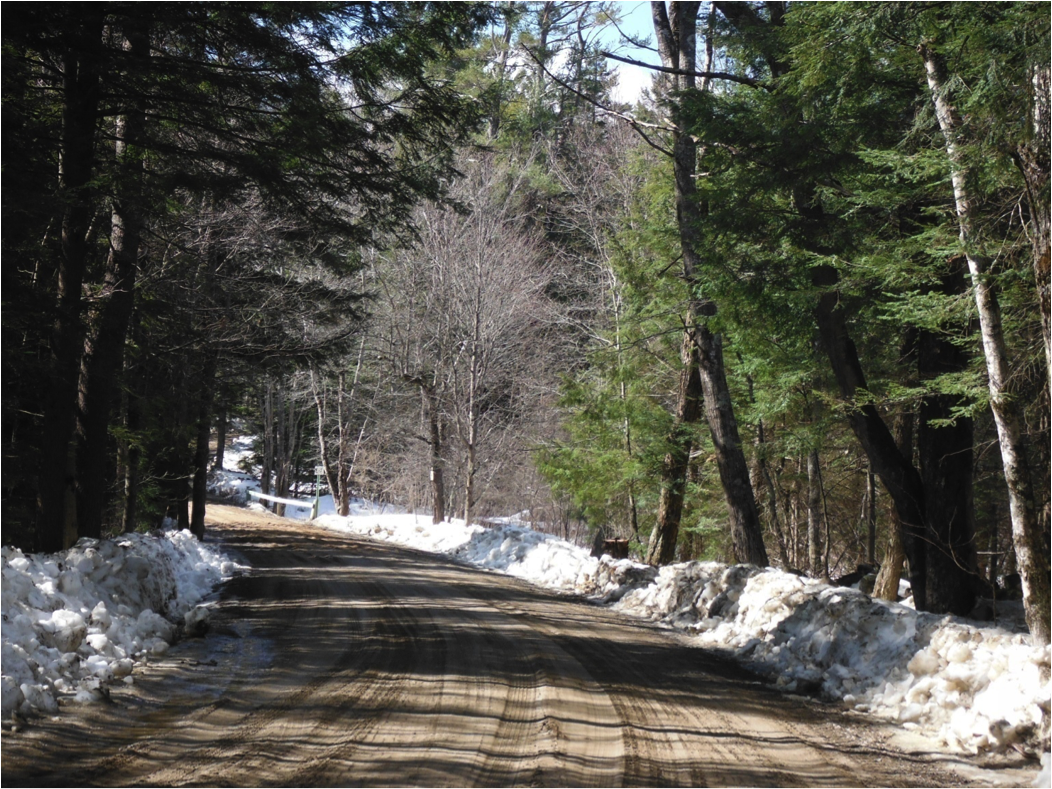

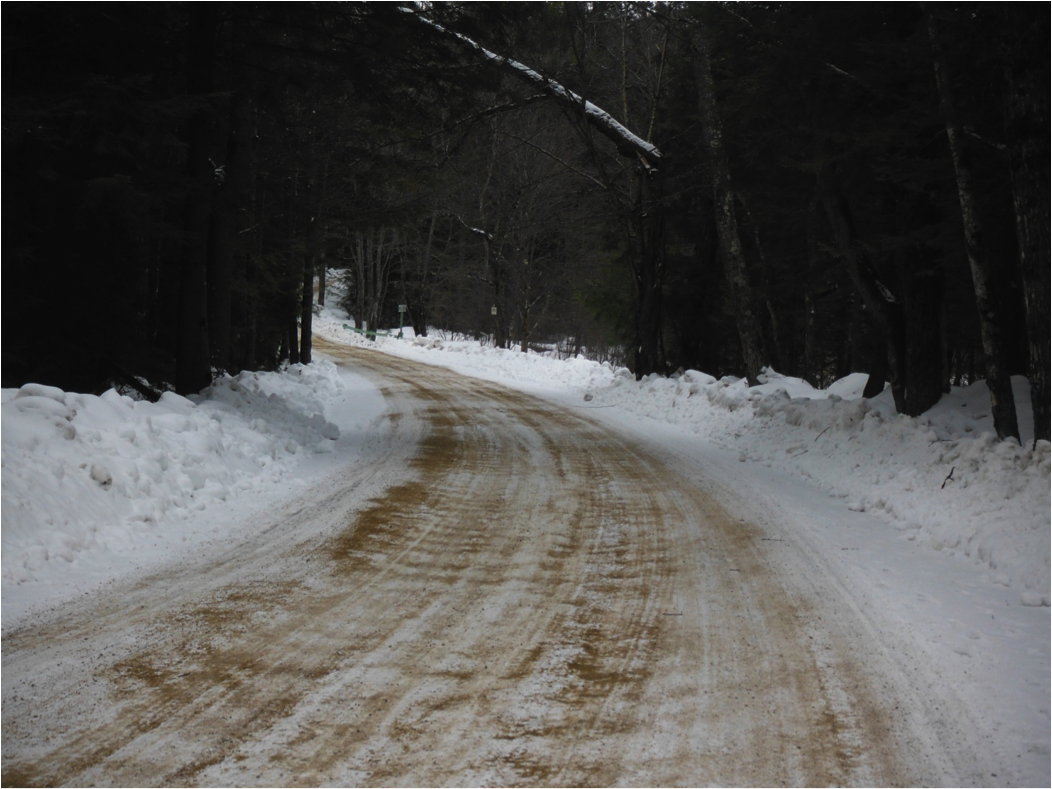
 At first glance, roads would look to be very durable and hard to damage, after all they are made of pavement which would seem to be one of the most solid substances anywhere. Nevertheless, in reality, the smallest things can cause the biggest damage to the roadways—especially over time. Erosion is the act of soil, rock or other material washing away from one part of the ground and moving elsewhere. This is normally a geology term describing the movement of dirt or earth being washed away. However, erosion affects roadways too.
At first glance, roads would look to be very durable and hard to damage, after all they are made of pavement which would seem to be one of the most solid substances anywhere. Nevertheless, in reality, the smallest things can cause the biggest damage to the roadways—especially over time. Erosion is the act of soil, rock or other material washing away from one part of the ground and moving elsewhere. This is normally a geology term describing the movement of dirt or earth being washed away. However, erosion affects roadways too.